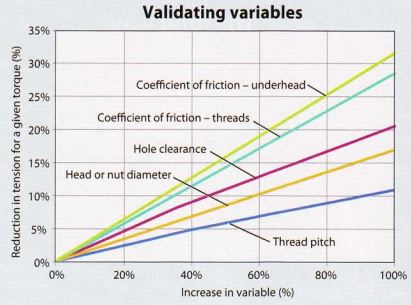rQuestionEngineering
Mechanical
Is the torque same for both capscrew and hex head bolt of the same size and material ?
Follow along with the video below to see how to install our site as a web app on your home screen.
Note: This feature may not be available in some browsers.

